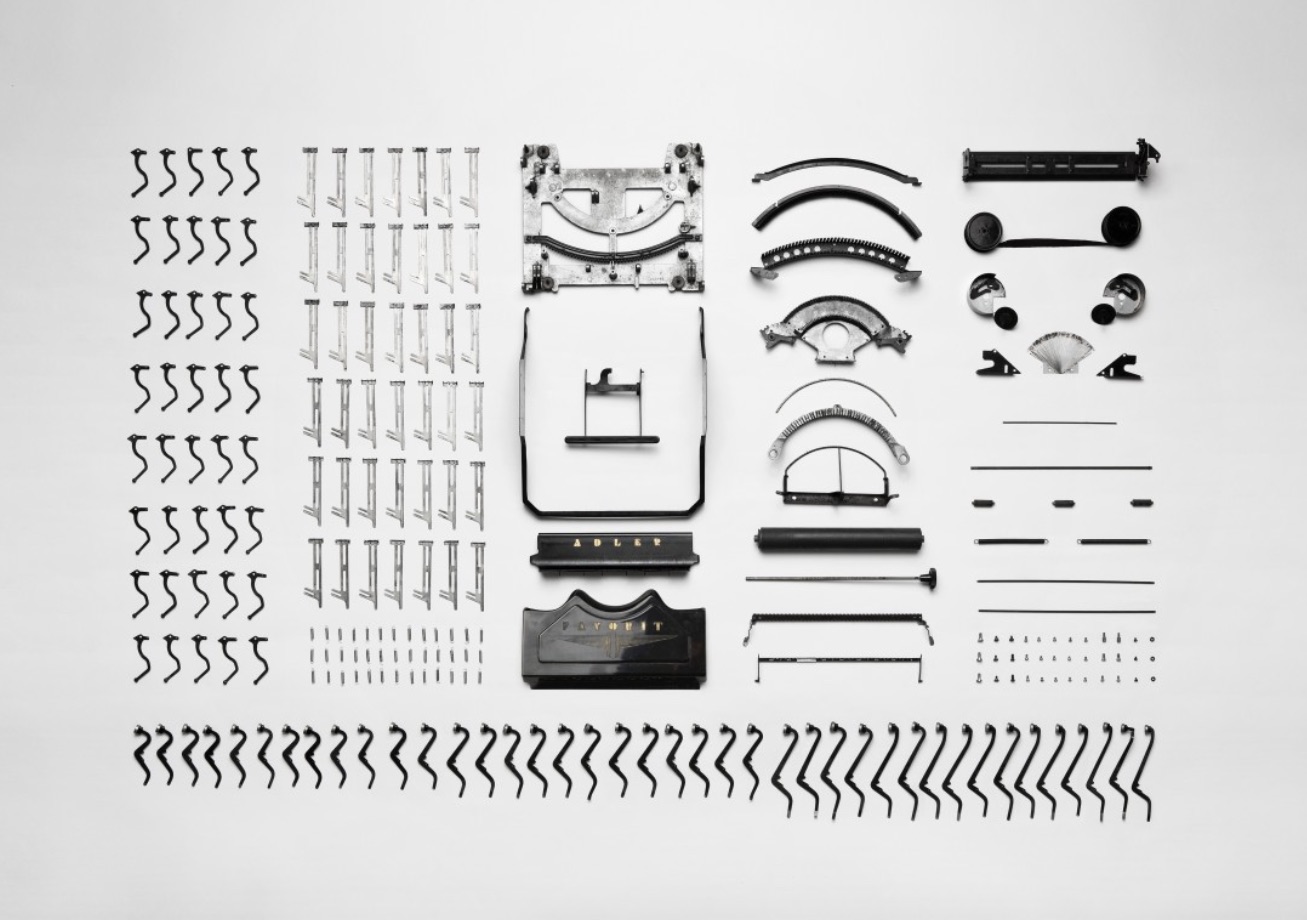Submitted by on November, 2014
 This key lesson examines how to “deconstruct” news stories from different outlets, including print, TV, and online to judge their credibility and reliability by asking a series of key questions. The class reprises previous classes on evidence, sourcing, and fairness, but also explores context, transparency and thoroughness. The lesson concludes with a look at the new opportunities—and responsibilities—for news consumers to not only find news, but to participate as “citizen journalists” in news production in the digital age.
This key lesson examines how to “deconstruct” news stories from different outlets, including print, TV, and online to judge their credibility and reliability by asking a series of key questions. The class reprises previous classes on evidence, sourcing, and fairness, but also explores context, transparency and thoroughness. The lesson concludes with a look at the new opportunities—and responsibilities—for news consumers to not only find news, but to participate as “citizen journalists” in news production in the digital age.
Key Concepts Include:
- This seven-step deconstruction process uses News Literacy concepts to analyze and dispassionately judge a report's reliability:
- Summarize the main points and check if the headline and the lead support the main point(s) of the story
- How close does the reporter come to opening the freezer? Is the evidence direct or indirect?
- Evaluate the reliability of the sources using IMVAIN.
- Does the reporter make his or her work transparent?
- Does the reporter place the story in context?
- Are the key questions answered?
- Is the story fair?
Objectives of this Lesson:
- Judge the reliability of news stories using the seven steps of deconstructing the news defined in the news literacy course.
- Apply the IMVAIN, VIA and levels of Fairness and Balance concepts, among others, in evaluating news stories to determine if they are reliable and actionable.
Lesson Vocabulary:
- News Deconstruction
- Headline
- Five W’s (and an H)
